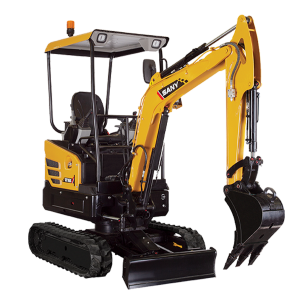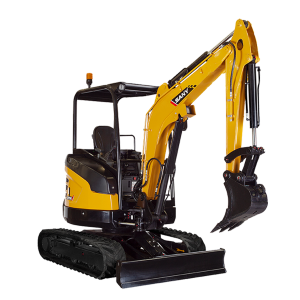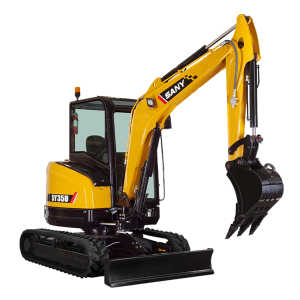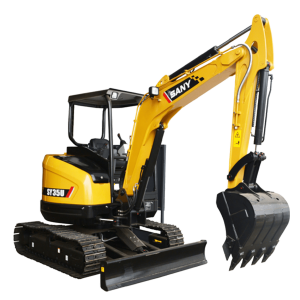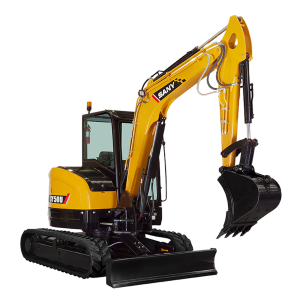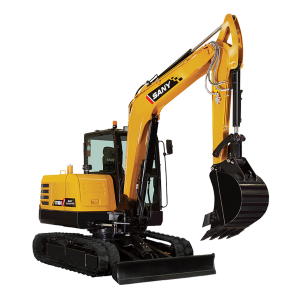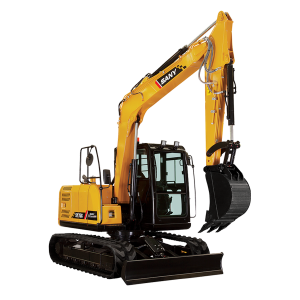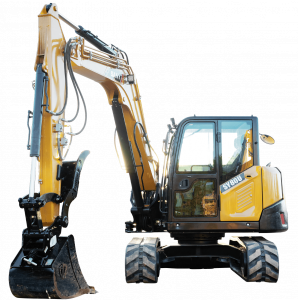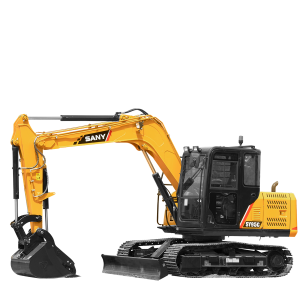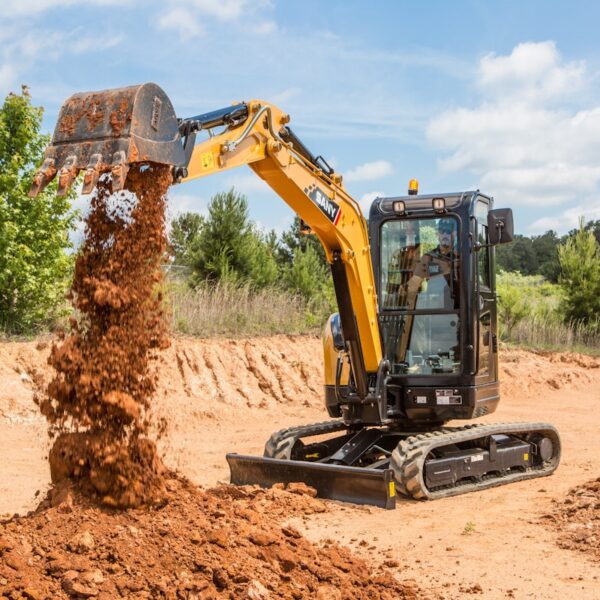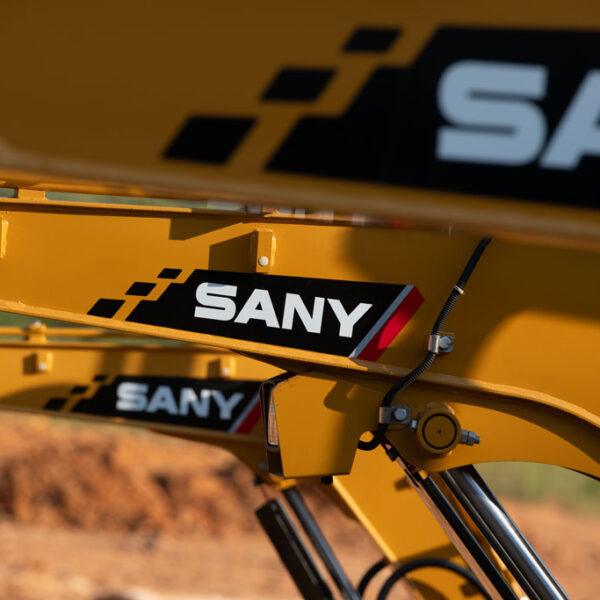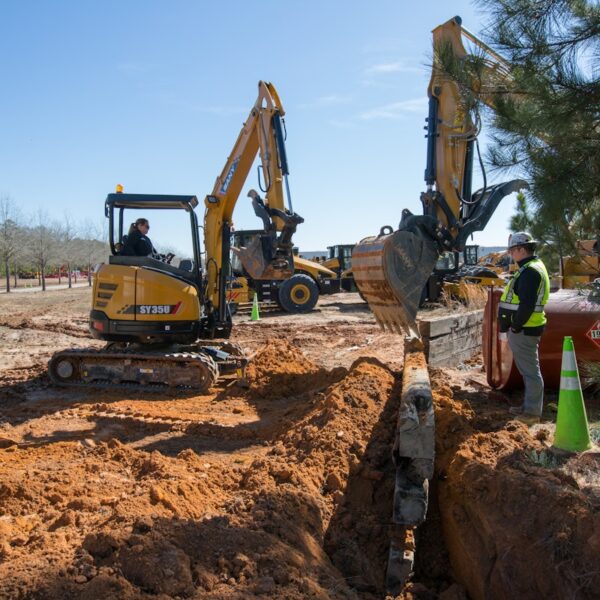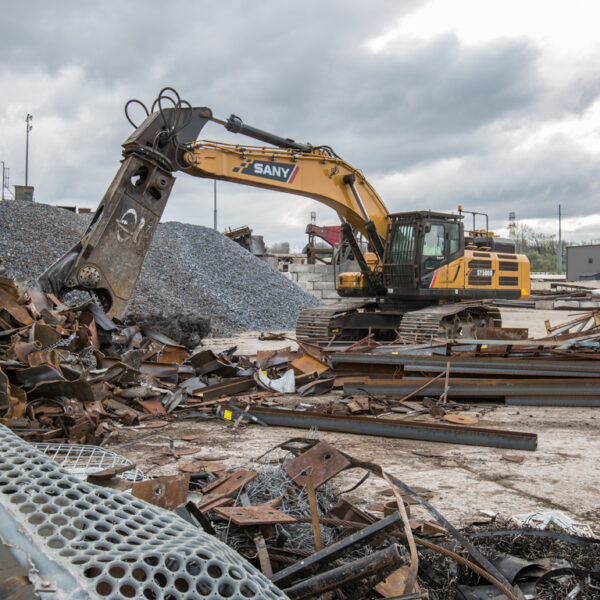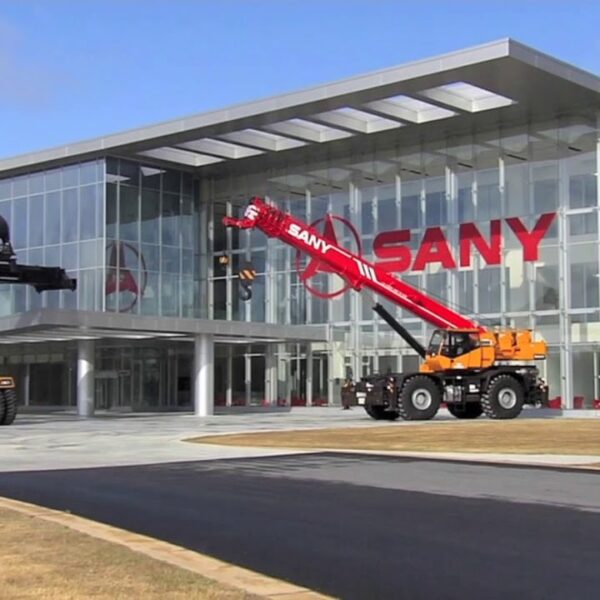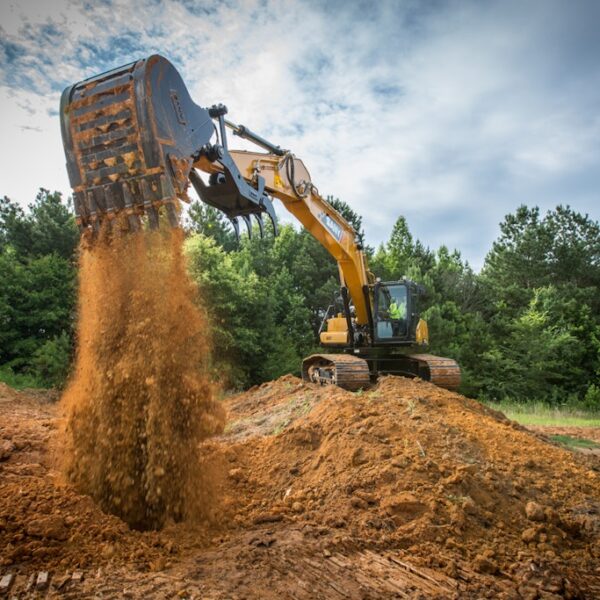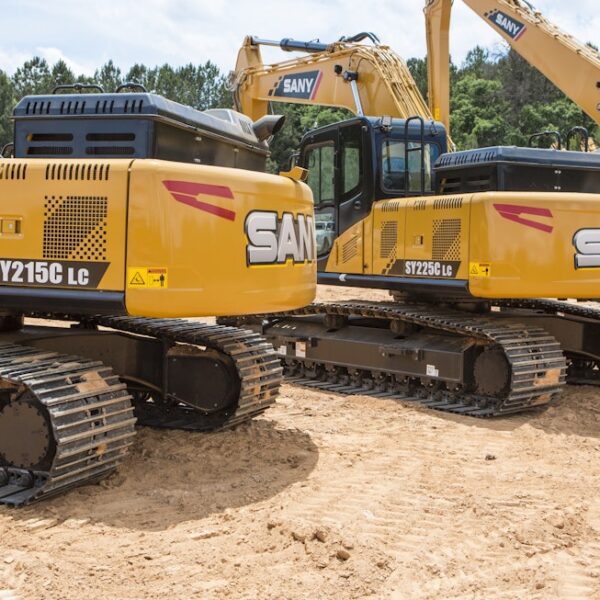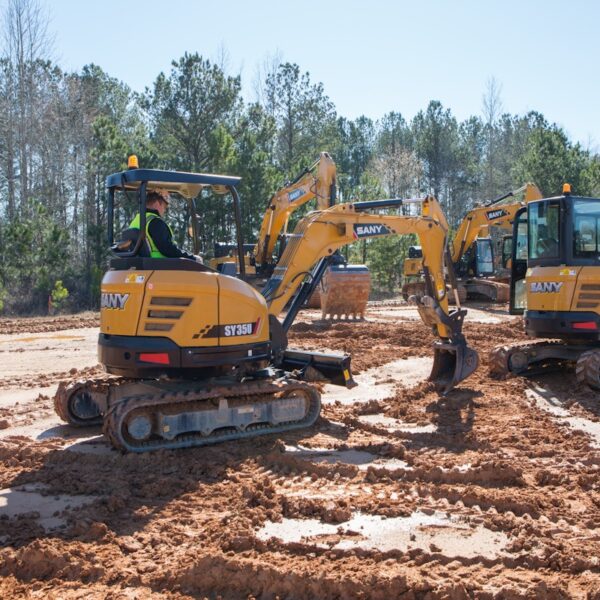As everyone in the industry knows, the construction calendar has definite seasons that every outfit must plan around. Right now, we’re in the middle of peak season, which begins in the spring and typically winds down by mid-fall. The colder months of the year count as postseason and preseason, where plans for the following year are made, and loose ends are tied up…usually. If you’ve ever found yourself scrambling with an unpleasant surprise at the worst possible time, take a look at our suggestions. Don’t get ready – stay ready.
Tip 1: Check your machines out.
Naturally, if and when you bring your machines out of hibernation, you need to make sure that they’re all in good working order. That includes getting a full diagnostic workup for each machine: We’re talking checking filters, fluids, cooling systems, and batteries and replacing any worn parts. Of course, you’ll need a special checkup for your safety equipment, too. Are the seatbelts and A/C systems in larger machine cabs working? Are backup cameras still fully functioning? Are your hard hats and other safety gear good for another season, or are they past their expiration date? As always, preventive maintenance is your friend.
Tip 2: Be prepared.
The Scouts had it right, you can never be prepared enough. With supply chain issues affecting virtually every sector of the economy, your preparedness measures must factor these issues into account. If you’re ordering anything, make sure to order well ahead of time. Do you think you’ll need a specific item? Go ahead and order it, even if you’re not sure. By the time you know you need it, it might be too late.
Preparation doesn’t just stop with you. As always, do your best to cultivate and encourage a culture of safety with your workers. The more your staff knows about how to keep themselves and their machines safe, the more you can hopefully protect them and yourself from accidents or breakdowns and all the associated headaches.
Of course, that’s not the only safety hazard you have to watch out for nowadays. Dealing with COVID and other illnesses means that you’ll have to plan for personnel sick leave and the possible delays that could arise. Before you start anything in the next season, make sure to hire enough people to keep the work going, even with absences. Keep your org chart and contingency plans updated and accessible for everyone, ideally on a cloud-based service like Dropbox or Google Docs. Try to spread responsibility around so that bottlenecks are kept to a minimum.
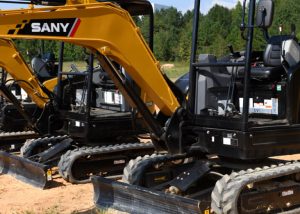 Tip 3: Roll with the punches.
Tip 3: Roll with the punches.
For all the planning and preparation you do, things may still happen. With that in mind, keep an eye on your schedule and make sure that each project timeline includes a ‘cushion’ of time to account for any delays or other snafus. If your team has COVID, illness or injury-related extended absences, write clauses into your contracts indemnifying you against any problems that any related delays could cause. Keep that org chart current and readily available.
In the event of mechanical issues, any parts that you ordered ahead of time should come in handy. If you’re caught with a machine that’s waiting on a part, keep a rental business on speed dial. Of course, if you own one of our SANY machines, any issues are covered by our outstanding warranty and will be handled promptly by our local service technicians, giving you one less thing to worry about. Did we mention that we rent out equipment, too?
Hopefully, some of these tips and suggestions will help you keep your business running like a fine-tuned machine, ready to handle any bumps in the road. As always, if you’re interested in seeing what SANY could add to your team, check out what we have to offer.
